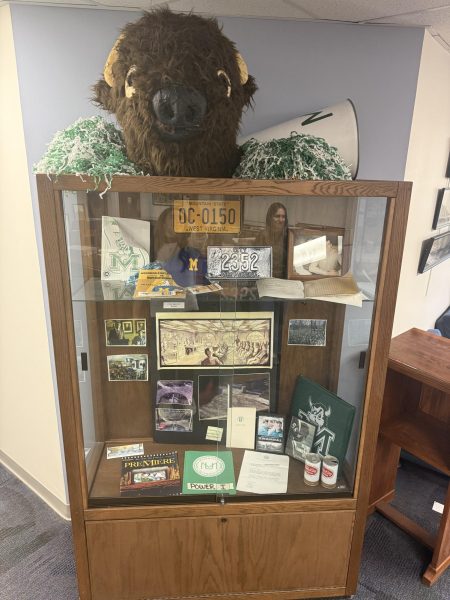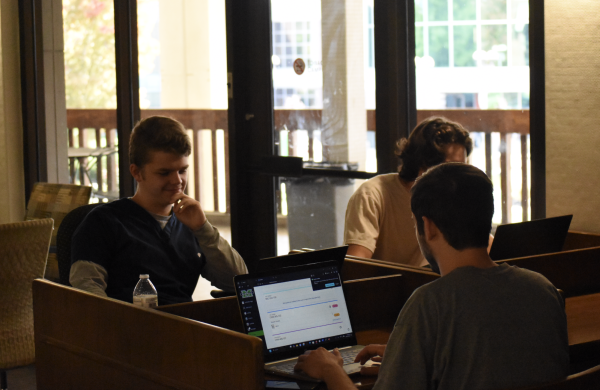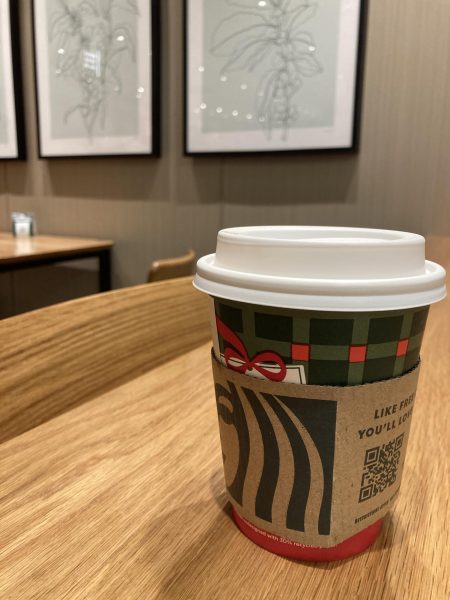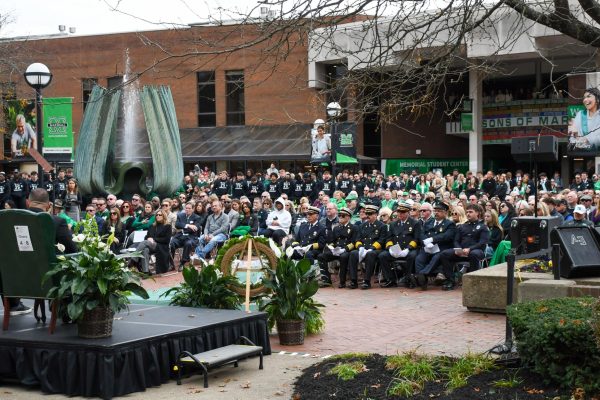Honors students win W. Va. Addy awards
It is not unusual to see students working together on class projects, but what is less common is students from different fields of study coming together to work on projects outside of classes.
This is how a group of Marshall University students came together during the spring 2019 semester.
Caroline Kimbro, presidential intern for development and communication at Al Akhawayan University and Marshall alumna, started working on a project for the Cortex Center as a Marshall Honors College project.
The Cortex Center is a Marshall University program through the Center for Teaching and Learning that works to solve issues within the local community by bringing students together from different disciplines.
According to their website, Cortex has led interdisciplinary projects involving garbage collection in the City of Huntington, patrol zoning with the Huntington Police Department, recycling in Huntington and a revitalization of Keith Albee Performing Arts Center’s business plan.
Kimbro was granted a Marshall University Undergraduate Creative Discovery and Research Scholar Award to fund the project.
With the funding from the award Kimbro was able to bring in other students from different disciplines to help with the project.
“Interdisciplinary projects benefit students because they’re one of the most effective ways to prepare for the realities of a career,” Kimbro said.
Ralph May, senior graphic design major, was brought on for help with the design aspect and Sarah Harmon, MBA student, was brought on to help with the marketing aspect.
Under the guidance of Christine Ingersoll, associate professor of the School of Journalism and Mass Communications, the group researched, brainstormed and created a new brand identity for the Cortex program.
“The students are working in interdisciplinary teams that reflect what they will see when they leave college and work in the field,” Ingersoll said.
Working on this project gave the students a more real-life scenario of work.
“Sarah did all the marketing aspects,” May said. “She made a full [list of] words, like what words do you identify with this kind of brand? What colors do you think most, best fit this? And then I was given that information and I brainstormed hundreds and hundreds of logo ideas. We would critique them, me and Caroline, and we’d go, ‘well that doesn’t work, let’s explore that more’ like you would do in a real agency.”
May who was previously a public relations major said this project confirmed that his switch to design was the right move for him.
“The heart of design is all about improving things and how can you use, how can you understand people and then understanding them improve something,” May said.
“Not that public relations doesn’t do that because I think it does that in a way, but I want to focus more so on that directly.”
Kimbro said the differences in the group’s background is what brought the project to life.
“Working alongside Sarah, Ralph and Professor Ingersoll allowed our design and brand concept to blossom because we each brought specific skill-sets and ideas to the table,” Kimbro said.
Harmon said her work on the Cortex project helped her realize that the skills she has learned are not only useful but valued.
“I realized the skills I have developed as a business student are applicable and will be useful as I enter the workforce,” Harmon said. “From this project I learned that my market research training and abilities set me apart and allow me to contribute significantly to a team.”
Harmon also credits the group in teaching her new skills.
“Working with ‘creatives’ not only gave me valuable experience working with other disciplines, but helped me learn some creative techniques,” Harmon said. “I hope that Caroline and Ralph also learned a bit about research that they can carry forward.”
Kimbro said this project being interdisciplinary brought her confidence for future endeavors.
“This project gave me confidence that I could coordinate individuals from various fields to meet the needs of a client, but also revealed the necessity of integrating areas of expertise,” Kimbro said. “The result of this project depended on its research, design thinking, and a public relations mindset to engage our client’s target audience.”
The group said they are thankful for the opportunity of the project.
“I’m so proud of this project and grateful for each of the people who invested their time and passion in it,” Kimbro said.
The group won Student Best in Show and Student Gold Award during the 2020 American Advertising Federation West Virginia Addy Awards.
Brittany Hively can be contacted at hayes100@marshall.edu.
Your donation will help continue the work of independent student journalism at Marshall University. If you benefit from The Parthenon's free content, please consider making a donation.






